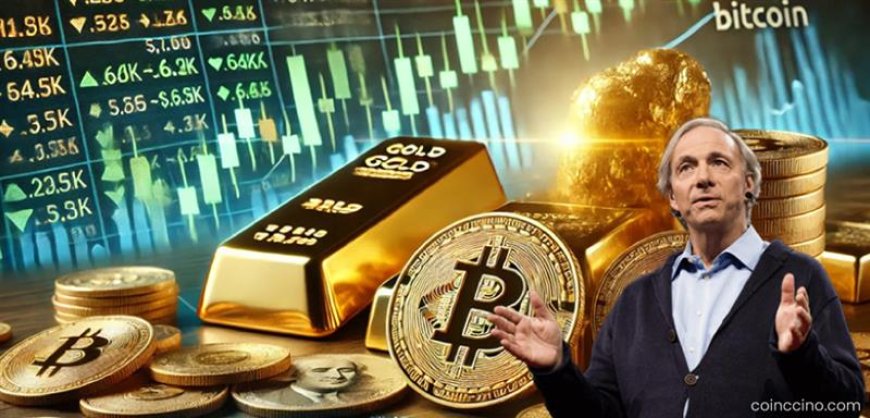Ray Dalio Urges 15% Allocation to Bitcoin or Gold Amid Debt Crisis Fears
Legendary investor Ray Dalio now recommends allocating 15% of portfolios to either Bitcoin or gold—a sharp increase from his previous 1–2% Bitcoin suggestion. He cites deepening concerns over the U.S. debt spiral and fiat currency erosion. While Dalio still prefers gold, he recognizes Bitcoin’s value as a digital diversifier.

What’s Behind the Advice?
- Debt Doom Loop Warning
The U.S. national debt has climbed to $36.7 trillion, with projections indicating an additional $12 trillion in Treasury issuance next year. Dalio warns this trajectory reflects an unsustainable fiscal cycle. - Diversification Strategy
In Dalio’s view, a balanced portfolio allocating 15% to hard assets like gold and Bitcoin offers a better return-to-risk ratio during periods of chronic fiat devaluation. - Gold vs. Bitcoin Debate
Though he owns some Bitcoin, Dalio maintains gold as his primary safe asset due to concerns around transaction transparency, regulatory exposure, and Bitcoin’s technical risks. The specific asset split is up to individual investor discretion.
Why This Matters
- Institutional Shift in Strategy: Dalio’s shift amplifies institutional acceptance of crypto as a hedge—potentially accelerating adoption by wealth managers and pension funds.
- Macro Signals Alert Investors: A signal to reevaluate exposure to fiat-heavy assets in light of debt-fueled inflation and monetary expansion.
- Evolving Safe-Haven Landscape: Bitcoin is increasingly recognized alongside gold for portfolio protection and capital preservation.
Coinccino Take
Dalio’s updated allocation framework reflects the severity of fiscal risks facing global economies. A 15% allocation to Bitcoin and/or gold could offer a pragmatic lifeline for investors wary of inflation and currency devaluation. The message is clear: in times of structural debt uncertainty, traditional diversification alone may not be enough.

